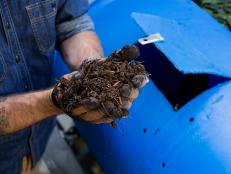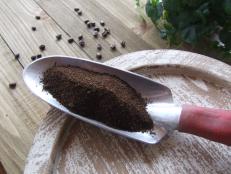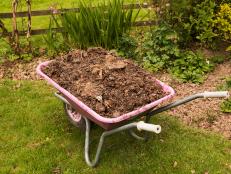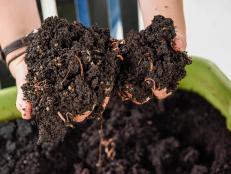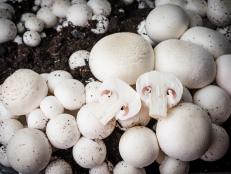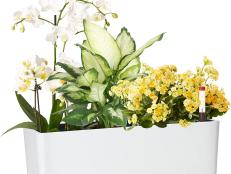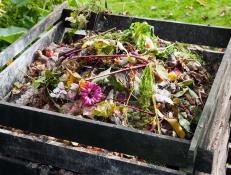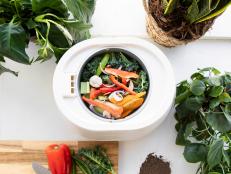Composting 102: Maintain and Use Your Homegrown Bounty

Shutterstock/Elena Elisseeva
So you’ve decided to green up your garden the natural way by composting. But now that you’ve chosen a method and gotten started, what’s next?
Maintain It
Composting is simple, but your pile, bin or tumbler will need some attention along the way. How much attention will depend largely on whether you’re using the hot or cold composting method.
- Hot composting: If you want your compost to break down quickly, the hot method will get you the quickest results…but it also requires the most work, and you will have to be more selective about what you compost and in which ratios. If you choose the hot method, you will need to aerate weekly. Because of the heat generated by nitrogen levels in hot compost, undesirable seeds will be killed and the compost will be ready to use in as little as eight weeks. For more details, check out this guide to hot composting.
- Cold composting: This is the easiest method – just put in waste whenever you like, turn once in a while (monthly is adequate) and let the compost do its thing. The cold or “slow” method can take up to two years to produce compost you can use in your garden, and you’ll want to avoid including sick plants or weeds that have gone to seed as cold composting will not kill seeds or the organisms that cause disease.
Use It
Whichever method you choose, at some point you’ll have your reward: rich compost, ready to deliver nutrients back to the soil and help your garden grow. Here are some ways to use it:
- Mulch: Compost works great as a mulch. Just spread the compost around plants a couple of inches deep, and add more a couple of times a year when you notice the mulch compost breaking down.
- Compost Tea: Steep some compost in a bucket of water for a few days, and then pour the “tea” on your flowers or plants. When steeping the tea, you can also put the compost in a bag made of a loosely-woven fabric to keep it separate from the tea.
- Soil Fortifier: Mix compost into your regular soil just like you would a fertilizer or other soil amendment. You can also rake compost over the top of your grass, then water. Over time the compost will sink into the topsoil and improve its quality.
That’s all you need to know! Now get started making that garden greener…the natural way.







